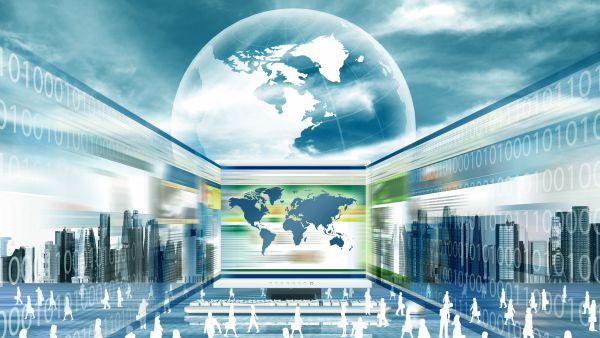Changing customer requirements, sustainability goals, and energy reliability are driving demand for smart management solutions. Technology solutions that incorporate the Internet of Things (IoT) are scalable, generating cost savings, improving energy efficiency and reliability, and enhancing occupant satisfaction.
In this article I would like to introduce some of the trends that crystallize in the area of intelligent buildings and include Internet of Things (IoT) among the technologies used.
1. Energy efficiency
Ambitious sustainability goals will continue to lead to the adoption of IoT technology to have smart office buildings. Reducing the carbon footprint of a property requires both stricter monitoring and a detailed analysis of energy usage data in the building. Sensors and advanced analytics will give real-time information to building administrators to better organize their activities and reduce energy waste that is harmful to the environment.
There are several examples of using the Internet of Things (IoT) for energy efficiency:
• Use of temperature and light control sensors
• Using action devices for HVAC controls
• Complex applications, such as complete power management for a building
This technology allows all data and alerts to be communicated to relevant staff and considers weather forecasts to save real-time energy costs.
2. Optimization of building systems
Increasing operational efficiency is also of great importance in this area. Instead of adopting a costly approach to replacing the old systems altogether, building administrators can improve their workload with technology solutions that allow them to upgrade existing systems with sensors and shareholders by providing cloud asset data. Other operational benefits stemming from the implementation of IoT technology for smart buildings are reducing the installation time of the equipment and avoiding the loss of space unavailability. Once the Internet of Things (IoT) solutions are implemented, data will be gathered on the behavior of the occupants of the building, which will allow the optimization of the functioning of the buildings and of the systems for the needs of the occupants.
3. Experience of using the building space
As consumers have a lifestyle connected to technology, it increases the demand for more open, collaborative spaces, but offers personalized experiences based on occupant preferences. It is normal for office tenants to easily adjust temperature settings in a particular area through a dedicated application, quickly find an available conference room, or know how big a queue is at the cafeteria before to reach the 15th floor. These personalized experiences bring an advantage to smart homeowners and operators who want to attract new grilles and extend the duration of existing rental contracts.
4. Emerging technologies
Machine Learning and Artificial Intelligence will make building management a more autonomous task. Machine Learning programs allow building systems to collect, process, and use the information collected from systems to have a real-time perspective for building administrators to make quick decisions about maintenance and other operations.
Other technologies are those that allow the use of thermal imaging to enable managers to test equipment that operates outside the normal temperature range. This can easily detect predictive malfunctions and maintenance can be done before the equipment disrupts the whole system. In addition, ultrasonic fault detection and predictive behavior analysis are used, simulating future operating trends.






























